In a recent post, I shared my experience of going on a Leica Journey, starting with the Leica Q and then moving to the Leica M10. On January 14th, the next step in my journey came to fruition with the delivery of an M11. Actually, I ordered three M11s for delivery on launch day! One for myself, one for my partner and one for a colleague. In this post, I’ll share my thoughts after using the camera for over a month.
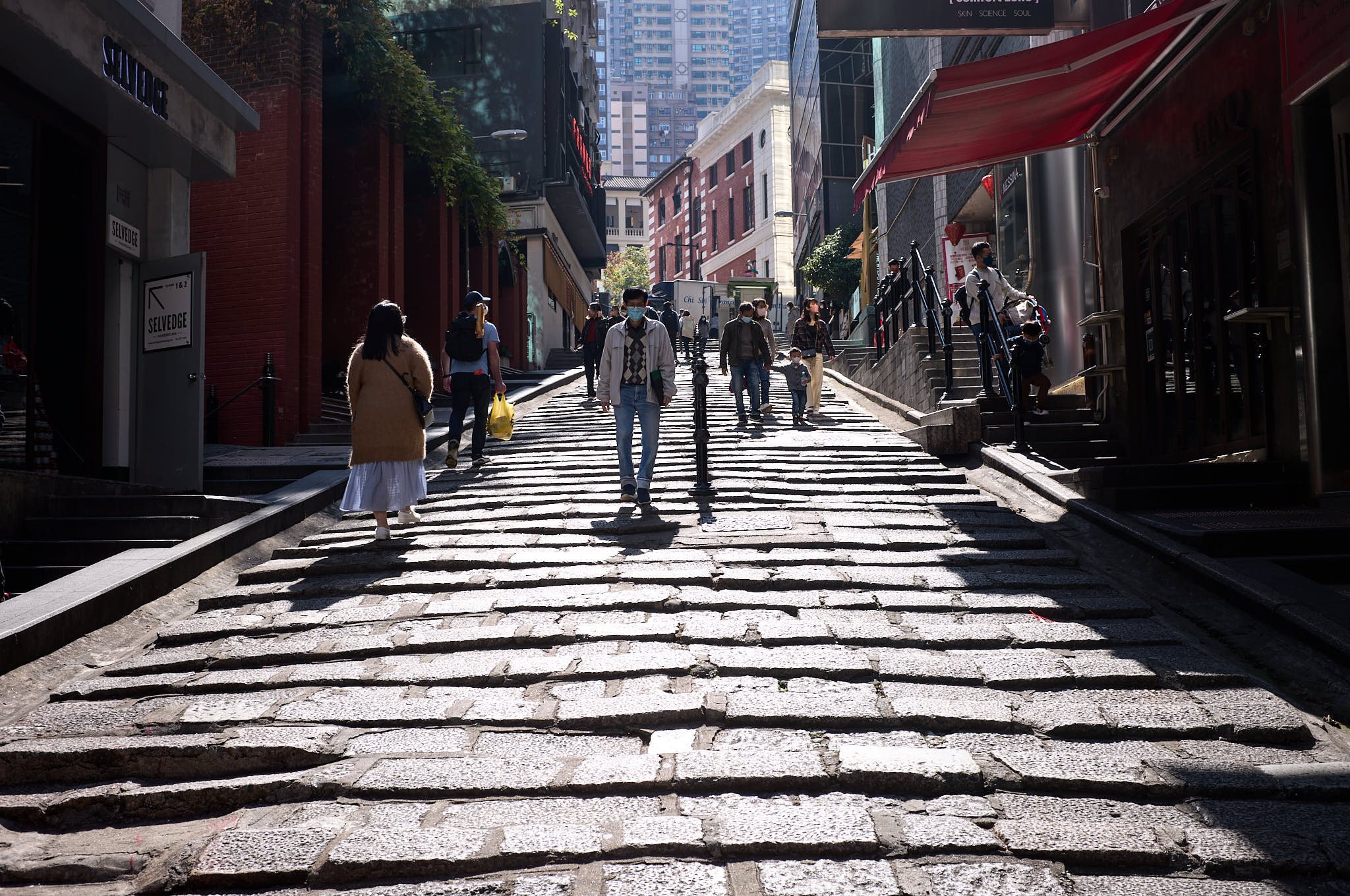
Introduction
It must be a huge challenge for the designers at Leica to come up with a new M model. There’s always the tussle between the purists that want to keep to a film-like experience, while the modernists are looking for Leica to move to a hybrid rangefinder/EVF solution, with more exposure aids and conveniences to be relevant in a modern world dominated by mobile phones and social media.
I can imagine the conversations at Leica HQ where every small change is debated to ensure that the M stays true to its roots, while still changing enough to attract a new generation of customers. After using the M11 for a few weeks, I strongly believe that the M11 will go down in history as a bridge to the future of the M system, similar to how the M8 was a bridge into the digital world.

If you’re a Porsche fan, as many Leica owners are, I see the M11 as the Porsche 996/997 generation of cars. It was a jolt when the 996s came out, with a much more usable 911, but one that had the purists concerned. After much angst, Porsche ultimately found the right balance between the purists and modernists with the 997 generation cars.
However, what came after the 996/997 really put the transition into context. The 991/992 generation cars moved the 911 firmly into the modernist side and both the 996/997 and 991/992 generations have become wildly successful for the brand. If we consider the M11 is like the 996/997, I anticipate the future M12 could be a very big step forward into the modernist world.

Why Upgrade?
No camera (or electronic device for that matter) is perfect. When using the M10 over the past 4.5 years, there were a few areas that I wished could be improved:
Highlight recovery. The 24MP sensor in the M10, while very good at capturing detail in the shadows, was not very good at highlight recovery and was below modern standards set by the Sony A73/4 series, Fujifilm’s X-T3/4 and almost any other full frame modern camera. It’s very important to expose for the highlights in an M10, or the highlights can be easily blown and unrecoverable.

Battery life and charging. In rangefinder mode, the M10 battery life is sufficient to last a day, but when using the live view mode, the camera heats up and consumes battery at a ferocious rate. An M is intended to be used in rangefinder mode, so I can’t knock the camera, but when I was taking landscape images on a tripod using the rear LCD in Italy, it was concerning to watch the battery go down in synch with the sun setting in Cinque Terre. Having to take another charger on a trip also meant that my M10 sometimes stayed at home, and in its place the Fujifilm X100V came out due to its excellent in-camera USBC charging system.
Weight. While I love the build quality of the M10 and the feeling of the wonderful heft the first time I pulled the camera out of the box, the weight when partnered with a 35MM Summilux FLE became more than I wanted to carry around. Instead, I often took the Fujifilm X100V with it being both lighter and marginally smaller, while having similar resolution at 26MP.

Resolution. For any practical purpose, 24MP is more than enough; I’ve done extensive testing with my Canon Pro-100 A3+ printer and found that there is no visible difference between a 24MP and 100MP image when printed up to A3+ (13” x 17”). Even when blown up for the purpose of testing, as long as the print has ~150 pixels of good information per inch, it’ll look great on the wall and even up close.
I also didn’t like, as irrational as it was, that my M10 had less resolution than APSC cameras.
That means an M10 can produce a 40” x 27” print with very high quality; I don’t know many homes that can host several prints of that size. However, when it comes to resolution, we’re programmed that more is better and more means we can crop in and find new compositions. I also didn’t like, as irrational as it was, that my M10 had less resolution than APSC cameras.

Metering. The M10 uses a form of spot metering from the centre of the image by measuring the light reaching the shutter curtain. This method of metering taught me some important lessons on how to expose for the subject and I’m thankful that I had the chance to learn this. However, there were many situations where the camera metered for a light in the background which resulted in a super dark image, requiring manual intervention or a significant boost of exposure in a RAW editor.
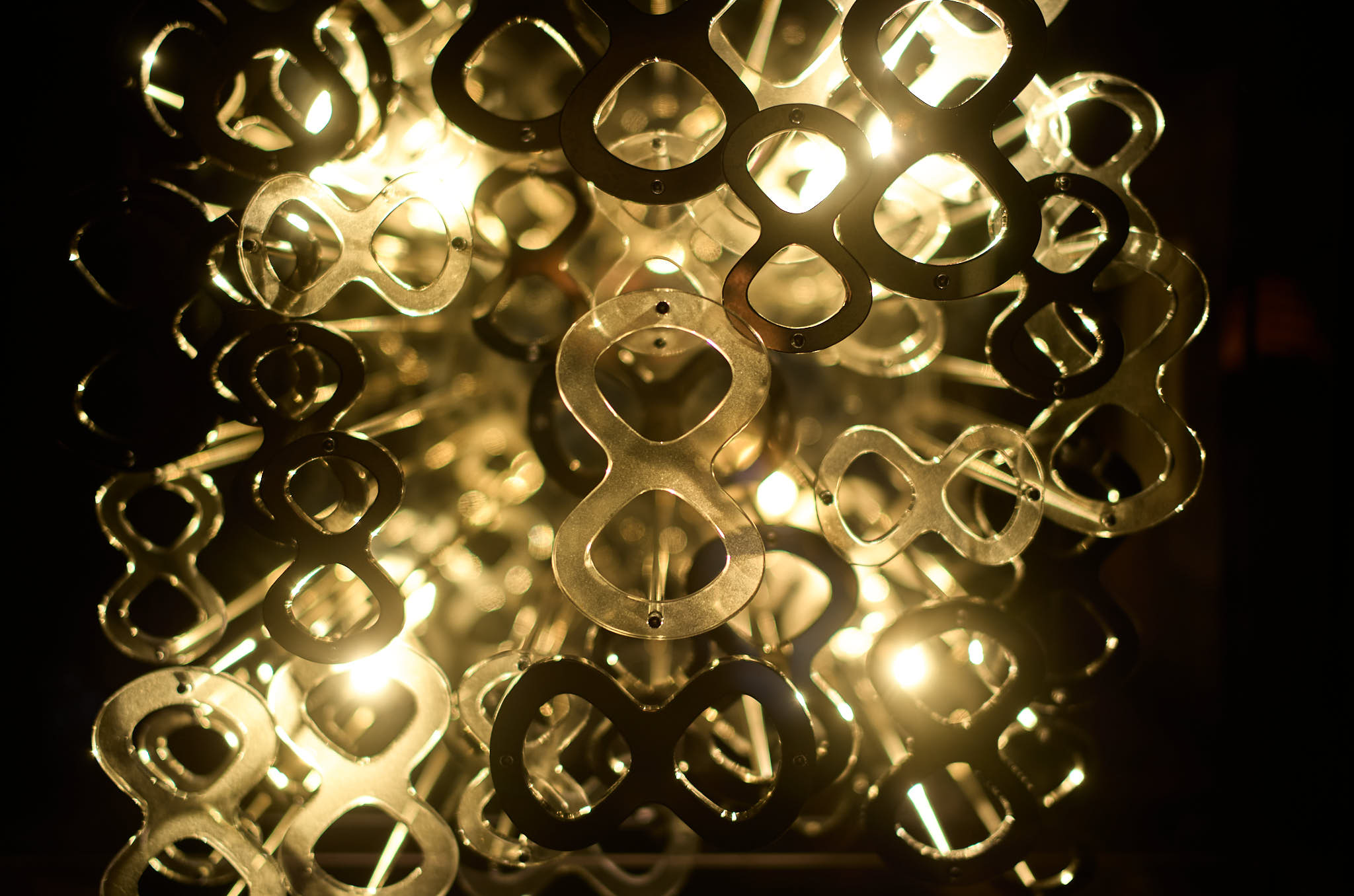
Connectivity. There’s nothing worse than bringing out an incredible camera, taking images of family and friends, and then watching them post mobile phone images on social media because our cameras have not yet figured out how to connect in a modern world. It’s infuriating using the Leica Fotos app (and also the Fujifilm app) with the images being so close but yet so far. The randomness with which the wifi connection worked was perhaps more frustrating than the general clumsiness and slow speeds once the camera actually connected to the app.
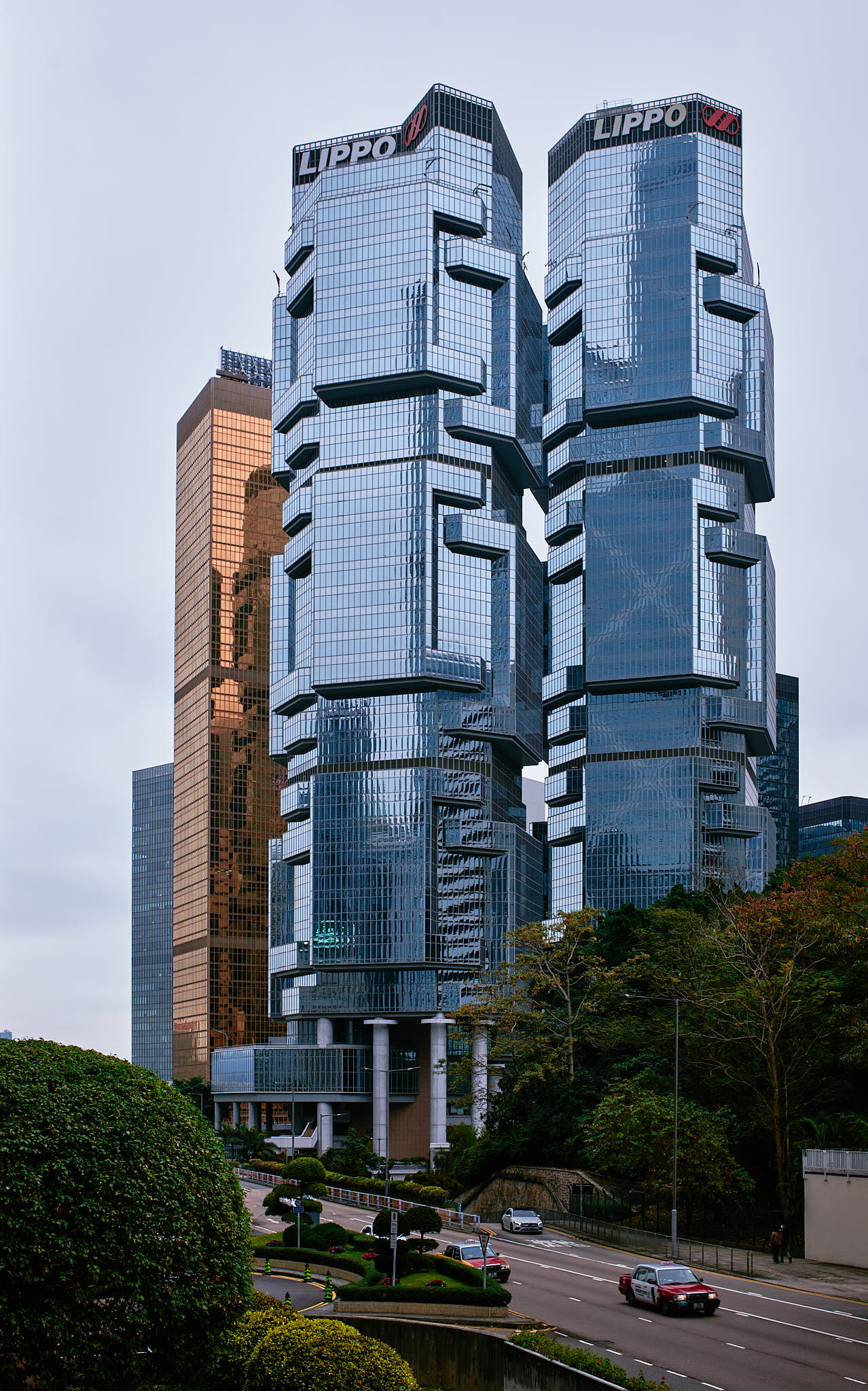
With the above in mind, when the specifications for the M11 leaked on the internet, I saw that Leica had tried to address a number of the points raised above. Actually, I should give Leica special credit here; I think Leica is one of the few camera companies that seems to really listen to their enthusiast clients rather than just focusing on feedback from professionals. Fujifilm has had a semi broken app for years and doesn’t do anything about it because their professional users don’t use apps to transfer JPEG files.

Keep or Sell?
When the M11 arrived, I contemplated keeping the M10 because I started to feel nostalgic about all the places I had gone with it and the memories it had captured. In the end, a post from Shane on the L-Camera forum convinced me that the right thing to do was to sell the camera so that one more person on Earth can enjoy the experience of using an M10, at a more affordable price than buying new.
In the end, the M10 cost about US$50/month to own over 4.5 years. I have to think this ownership experience is one of best bargains out there!
I was fortunate to find a great new owner who appears to be even more passionate about Leica than I am. We’ve kept in touch after the sale and I’m looking forward to seeing his great captures with that excellent camera. In regards to the price, it sold for almost exactly what I estimated in the Leica Journey post; in the end, the M10 cost about US$50/month to own over 4.5 years. I have to think this ownership experience is one of best bargains out there!

With the M10 now in new loving hands, let’s turn our attention to the M11. A disclaimer before I begin: The M11 used in this review was bought at full retail price of HK$73,900 from an authorized Leica retailer in Hong Kong. Leica is not involved in any way in this review as this is my own personal camera. Firmware used for the review was 1.2.0.
Size & Weight
For the M11, this section should be titled Silver Brass vs. Black Aluminum. The M10 was available in only one type of metal arrangement, brass top with magnesium body. The M11 however is available with two options:
- Silver with brass top and magnesium body, weighing 640g with battery
- Black with aluminum top and magnesium body, weighing 530g with battery
I had originally ordered a silver M11 because silver looks absolutely incredible on Leica cameras, however, in this case, I ended up with black. I didn’t choose black, but black chose me. I ordered three M11s for launch day, with two silvers and one black. My colleague and I wanted silver and my partner wanted black. However, Kai Wong leaked a YouTube video a few days before the launch where he disparaged the new black finish; this resulted in many Hong Kong buyers switching their orders from black to silver.
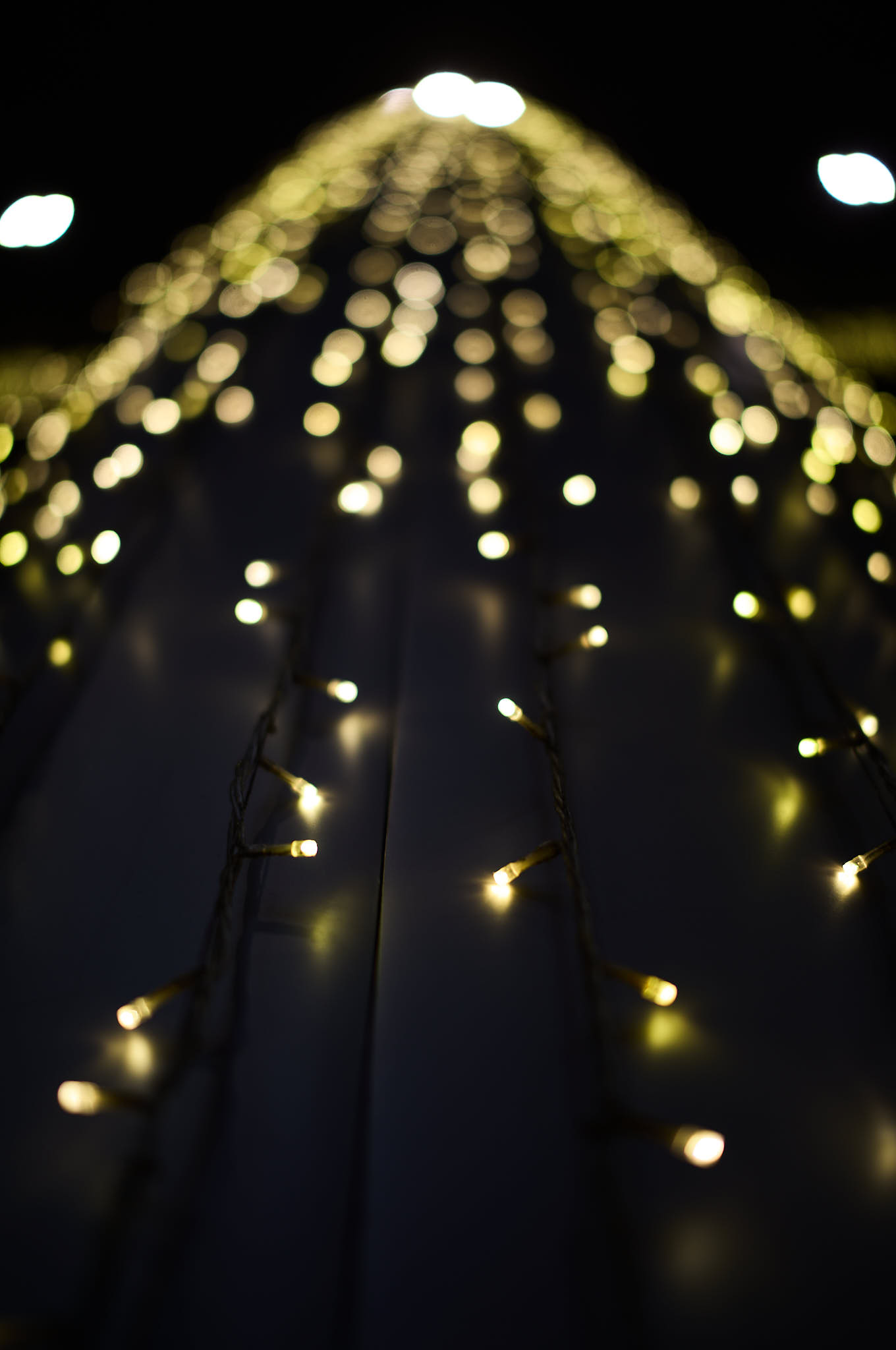
Since I was already being greedy in wanting three M11s on launch day, the shop notified me that I’d have to wait a few weeks to get two silvers. Not being the patient type, I decided to go for one of the plentiful black M11s. When I was packaging the M10 for sale, I really thought I made a mistake in accepting the black M11, having internal debates on whether I should have just waited to get the colour I really wanted. However, with use, I’ve come to love the black, not so much for the colour, but because of the weight savings.
With use, I’ve come to love the black, not so much for the colour, but because of the weight savings.
A little over 100g doesn’t seem like much, but it’s actually a tangible difference. With the two colours in front of me, I can easily tell the difference in weight. The remarkable Voigtlander 35MM Ultron Classic Mk2 for example is 170g, so it’s like being able to add a lens to your black M11 and still be around the same weight as the silver version on its own. While the weight is lower, the black camera does not in any way feel cheap or less exquisite. All the buttons, dials and touch points still feel great.
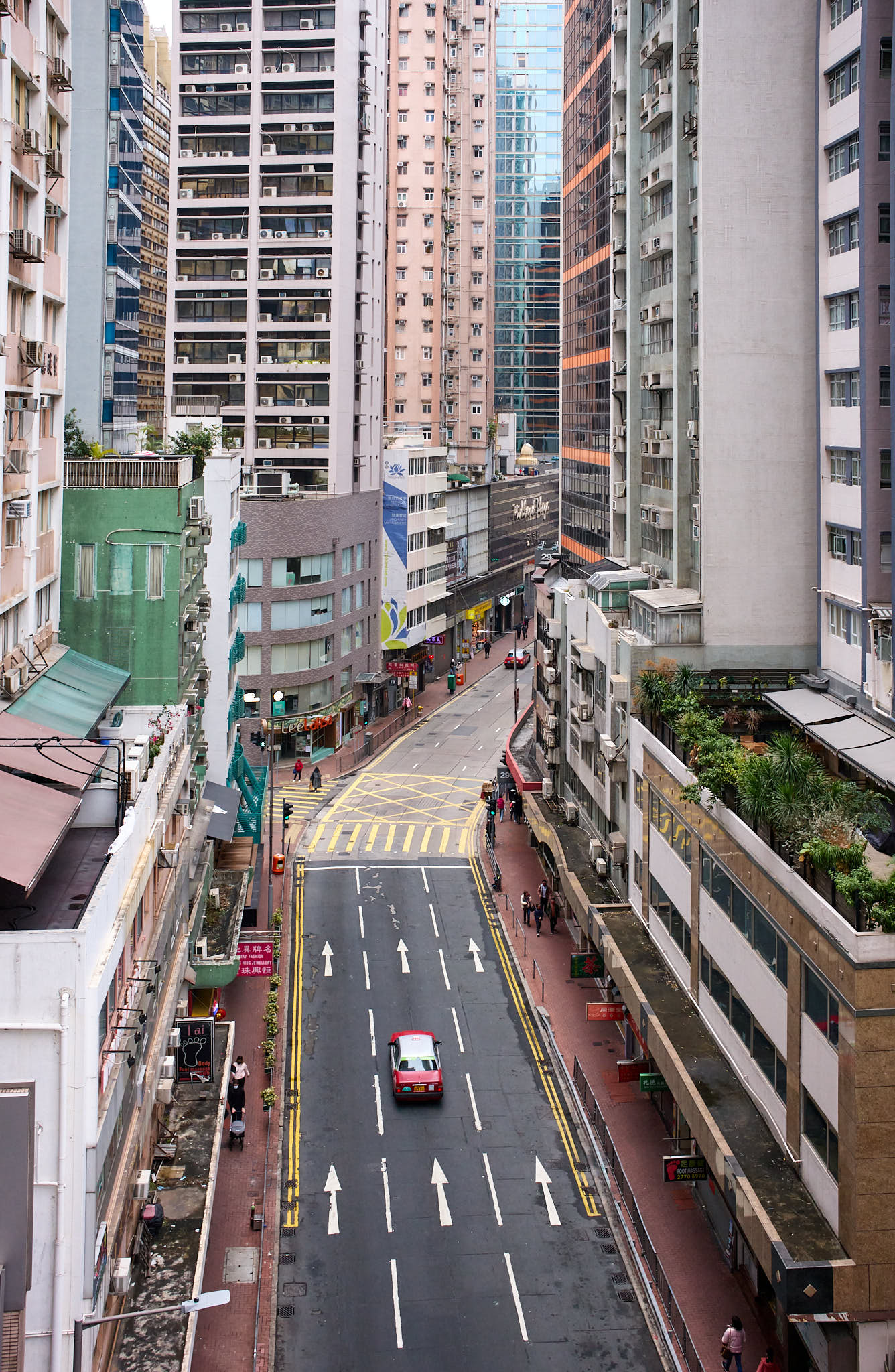
The other knock against the silver is that unlike the M10, the M11 has an asymmetrical front, with the rangefinder silver section being taller than the other side. Once seen, this cannot be unseen. I should note some other subtle changes as well; the bottom plate is now a little taller and the top plate a little shorter. Some people say Leica is lazy with design, but it looks like they put a lot of effort into a subtle evolution of the design; I love this kind of design work as it shows they really care about the most minute details, even if it’s not noticeable at first.
Some people say Leica is lazy with design, but it looks like they put a lot of effort into a subtle evolution of the design.
In the 45 days that I’ve used the camera, I haven’t seen any of the issues that Kai Wong raised in his YouTube video in regards to the new black finish. There’s been no dry skin left behind, nor has the camera gotten scratched while constantly coming in and out of a Peak Design 6L Sling. Even the metal ring on the EPM strap has failed to make any marks on the camera. I’ve ordered an Arte Di Mano half case which will take away any final worries about damaging the finish.
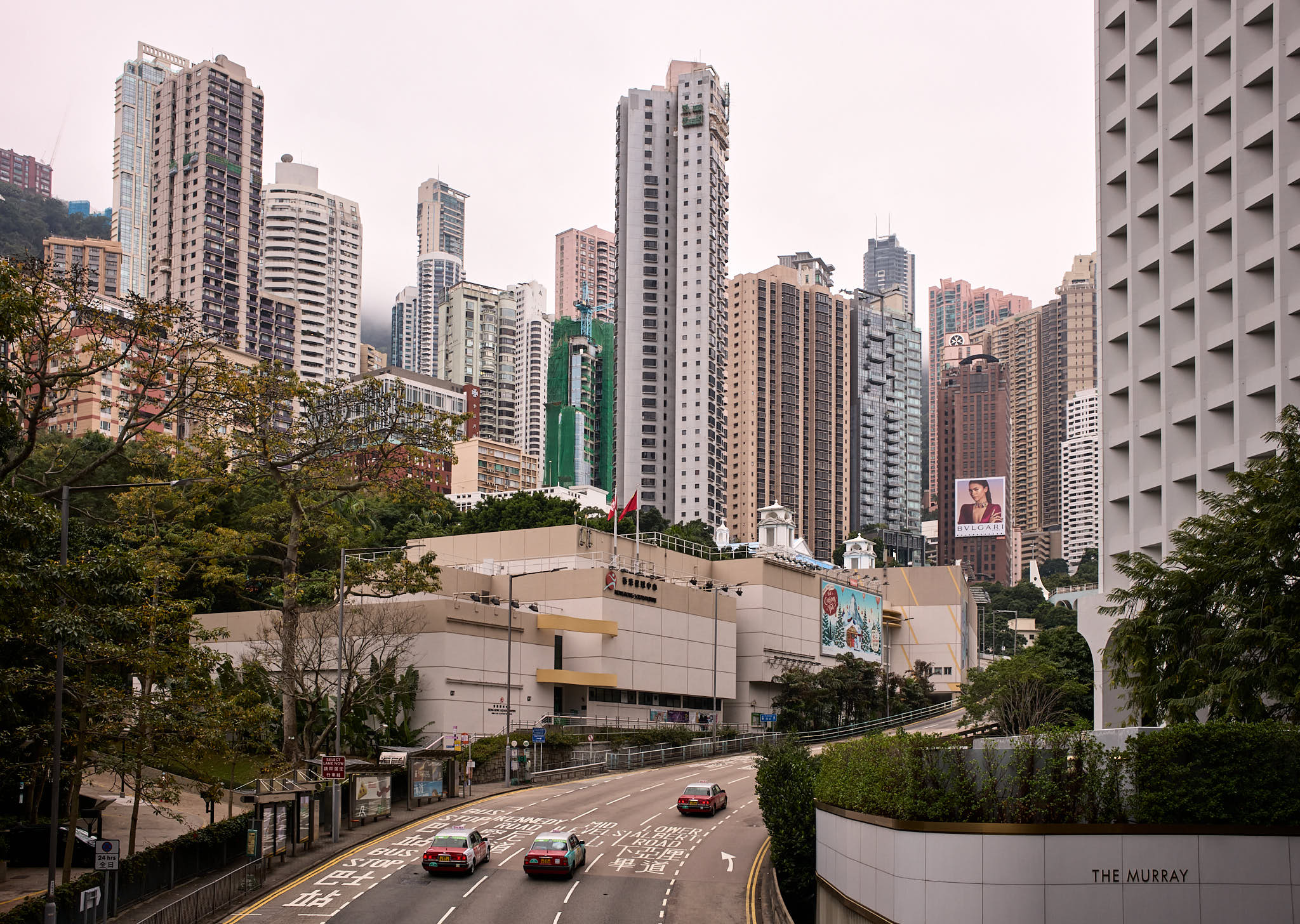
In summary, if it’s your first Leica M, get the silver and enjoy the heft and traditional styling that comes with it. If it’s your second M or you like to travel with your M, get the black. There’s no wrong choice with both being finished to a high standard of quality. Interestingly, the local retailer told me that demand for black has now spiked after the initial spike in silver as more reviews have been published showing that the black has no issues with wear.
Usability
Live View Metering
The M11 takes a huge step forward in usability with multi-field metering being the standard setting. The multi-field metering means that the sensor takes into consideration the full scene and tries to apply exposure settings that will result in a properly exposed image. Typically, cameras try to expose so that the average of the image equals ~18% grey, and the M11 now operates much in the same way as any modern digital camera.
The M11 takes a huge step forward in usability with multi-field metering being the standard setting. This change in metering approach is accomplished through live view being constantly on, one of the biggest changes from the past in how the digital M system works.
This change in metering approach is accomplished through live view being constantly on, one of the biggest changes from the past in how the digital M system works. This has a number of implications from shutter sound to perceived shutter lag. For anyone that has used the M10, you’ll know that live view mode was not one of the camera’s strengths. With the M11, we’re now forced to use a pseudo live view mode all the time.
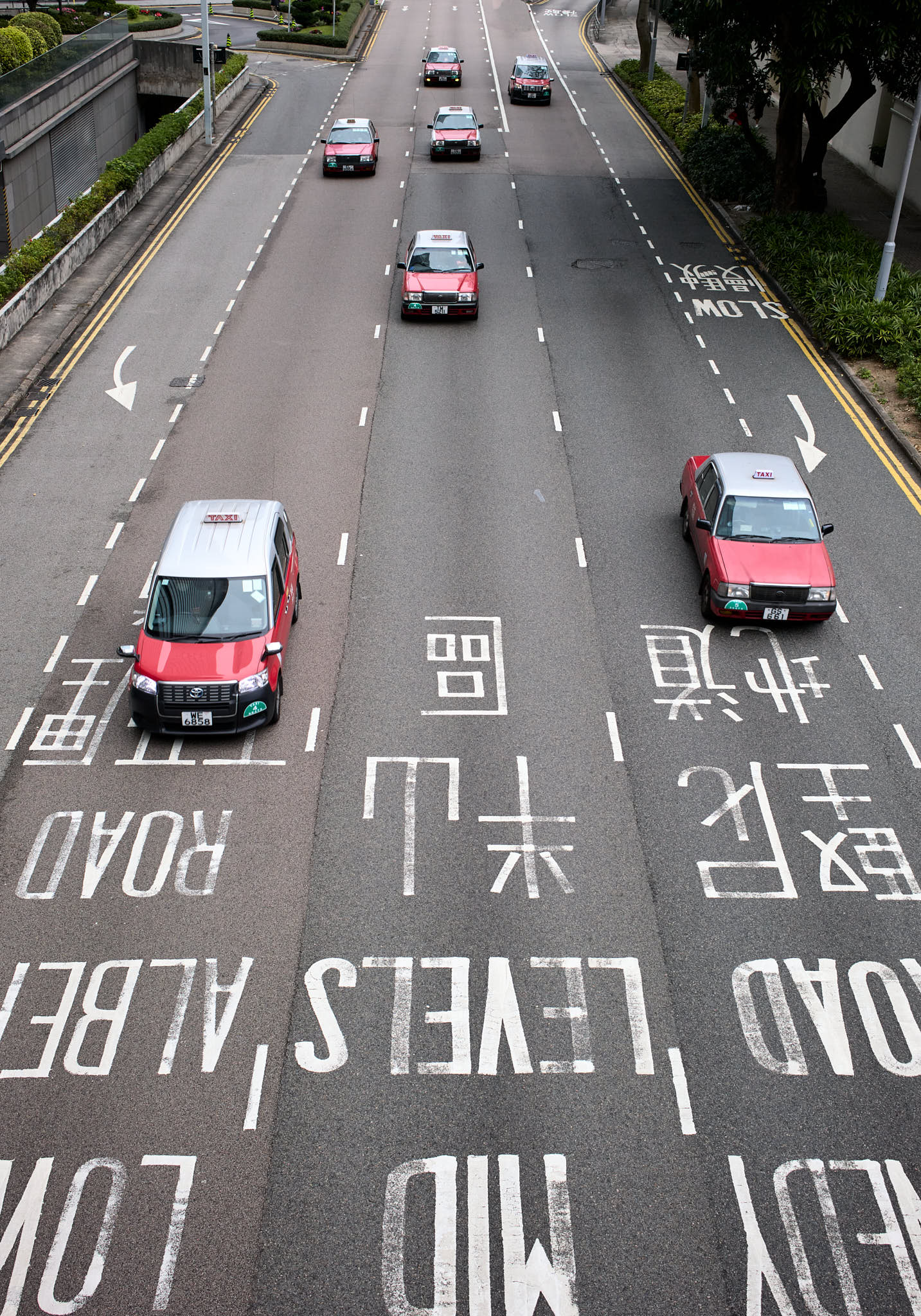
While the screen is not active with this new metering mode, the sensor is always exposed and on. When you take an exposure, the shutter now has to close, expose and then re-open. The whole process feels laggy with an uninspiring shutter sound; however under controlled testing, the shutter lag is actually very minor compared to the M10. I’m hoping that Leica can introduce an Electronic Front Shutter Curtain mode so that it reduces the lag and improves the shutter sound. If you have an M11, go into the Fotos app and please submit a request for this feature.
64 Base ISO
Another big improvement is the base ISO coming down from 200 to 64. This makes it much more convenient to shoot lenses wide open in bright conditions without having to use an ND filter. If the shutter speed does not come down to a sufficient level wide open, the next improvement in usability may help, with the introduction of the electronic shutter.
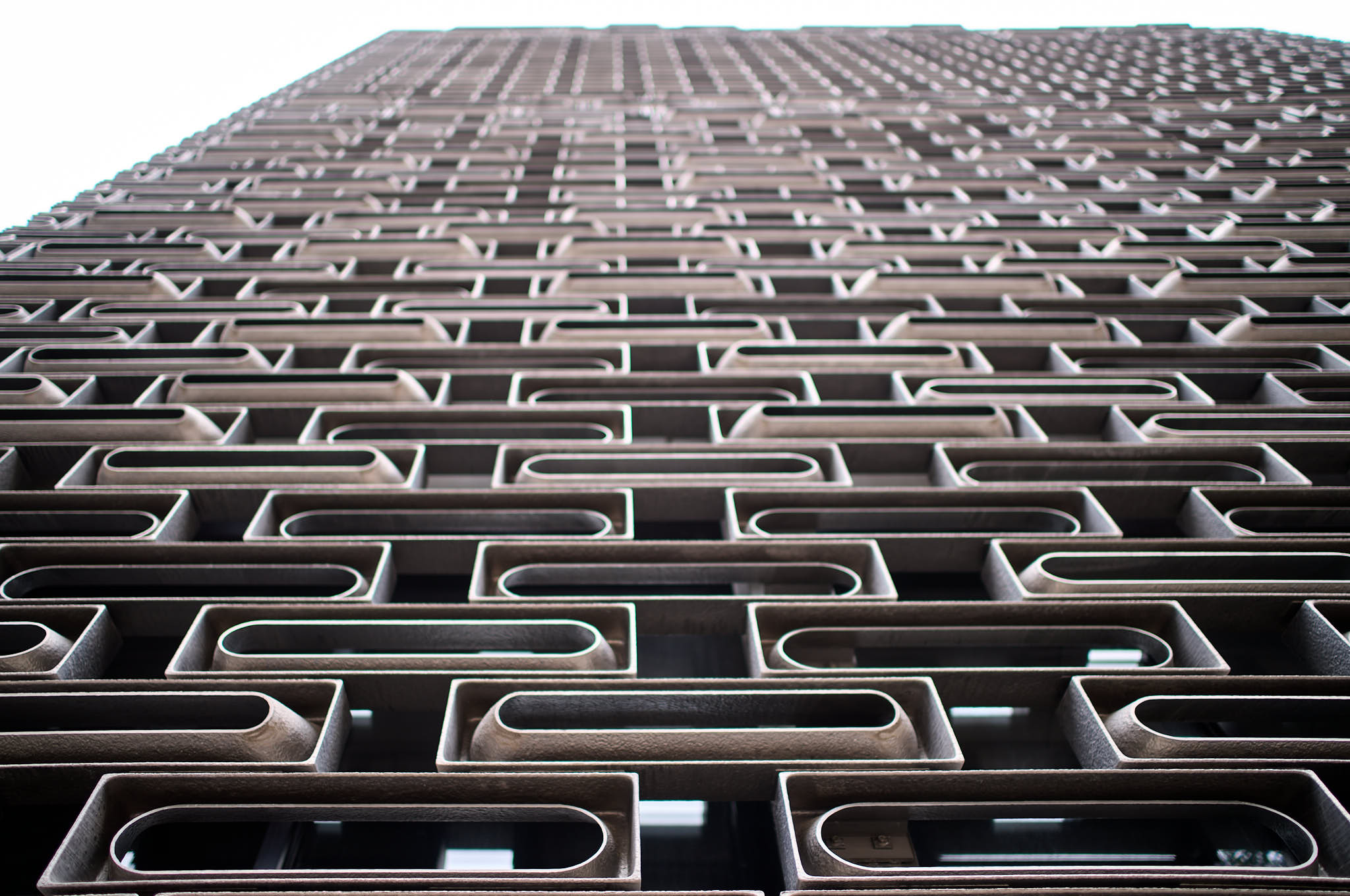
Electronic Shutter
If 64 ISO is not sufficient to bring the shutter speeds down, the electronic shutter will help. The new electronic shutter can be used from as slow as 60 seconds to as fast as 1/16000 of a second. The new hybrid mode engages the mechanical shutter between 60 minutes and 1/4000 of a second and electronic from 1/4000 to 1/16000 of a second.
The electronic shutter can also be used to avoid any impact on image quality from shutter shock, although I haven’t found it to be an issue in practical use. One caveat about the electronic shutter is that the scanning speed is relatively slow and so it should only be used when the subject is still. Jonathan Slack has confirmed that the scanning speed is a slow 1/10th of a second. Any exposures shorter in duration can result in wavy lines, banding and other artefacts.

Battery Life
With the M11 always being in live view mode (albeit with the LCD screen off), I was worried about battery life, but it has thus far not been an issue. I have yet to exhaust the battery in an outing. However, and I think this is due to some firmware bugs, I’ve experienced inconsistent and excessive battery drain at times. I can go out with 100% and come back home with 85% battery remaining, and then do the same thing the next day and come home with only 45% battery remaining. At first, I thought this was due to the battery taking some time to calibrate, however even with a few weeks of use, I don’t feel fully confident in the battery or the reading. Regardless, 45% battery remaining is still very good after a day’s shooting.
Battery and SD Card Access
This usability section has become really long, but it’s clear that Leica made improvements in a number of areas to improve the usability of the camera. Another big step forward is the elimination of the traditional bottom plate, a cool relic from the film era. As in the introduction, I can only imagine the debates at Leica HQ around the decision to stick with the purists or move to something more modern.
Another big step forward is the elimination of the traditional bottom plate, a cool relic from the film era.
The M11 brings this great improvement to everyone with the elimination of the bottom plate and aligning with Leica’s other models in having a clever battery that also forms part of the bottom of the camera. A nice (and rather intense) release mechanism ensures that the battery ejects only enough so that you must push it back in slightly to release it fully from the camera. It’s something that only Leica would do and it’s implemented to perfection. If I wasn’t concerned about wear and tear, I’d latch and unlatch the battery all day just for the satisfaction of feeling its wonderful mechanical precision.

Internal SD Card
Leica has done something that makes me scratch my head as to why other camera companies have not done this. Leica now includes 64GB of memory in the camera as standard. It can be used to mirror images, save RAW or JPEG formats onto each card, or as an extension of your inserted card. The idea is right, but the implementation is a bit cumbersome. As of firmware 1.2.0, the only way to import the images from the internal card on MacOS is to use the clumsy “Image Capture” app. There are rumours that Leica will implement a better protocol to allow MacOS Finder to see the camera so that they can be imported more efficiently.
Leica has done something that makes me scratch my head as to why other camera companies have not done this. Leica now includes 64GB of memory in the camera as standard.
You can also import the images using the Leica Fotos app via WiFi or the included Made For iPhone (MFI) Lightning to USBC cable. The M11 Leica Fotos app is in beta and absolutely operates as such, and I’ll reserve my thoughts on it until it comes out of beta. As it stands right now, the experience is rather poor with inconsistent connectivity, slow transfer speeds and frequent crashes.

Overall Performance
The M11 has an improved Maestro III processor, which provides the camera with a tangible improvement in how quickly the camera responds to inputs. This is especially noticeable in reviewing images, moving around the image, making changes in menus or any other normal interaction with the camera. You’d never know that this camera has more than twice the number of pixels as the M10. The only interaction that feels laggy is the shutter, but that’s due to reasons noted above.
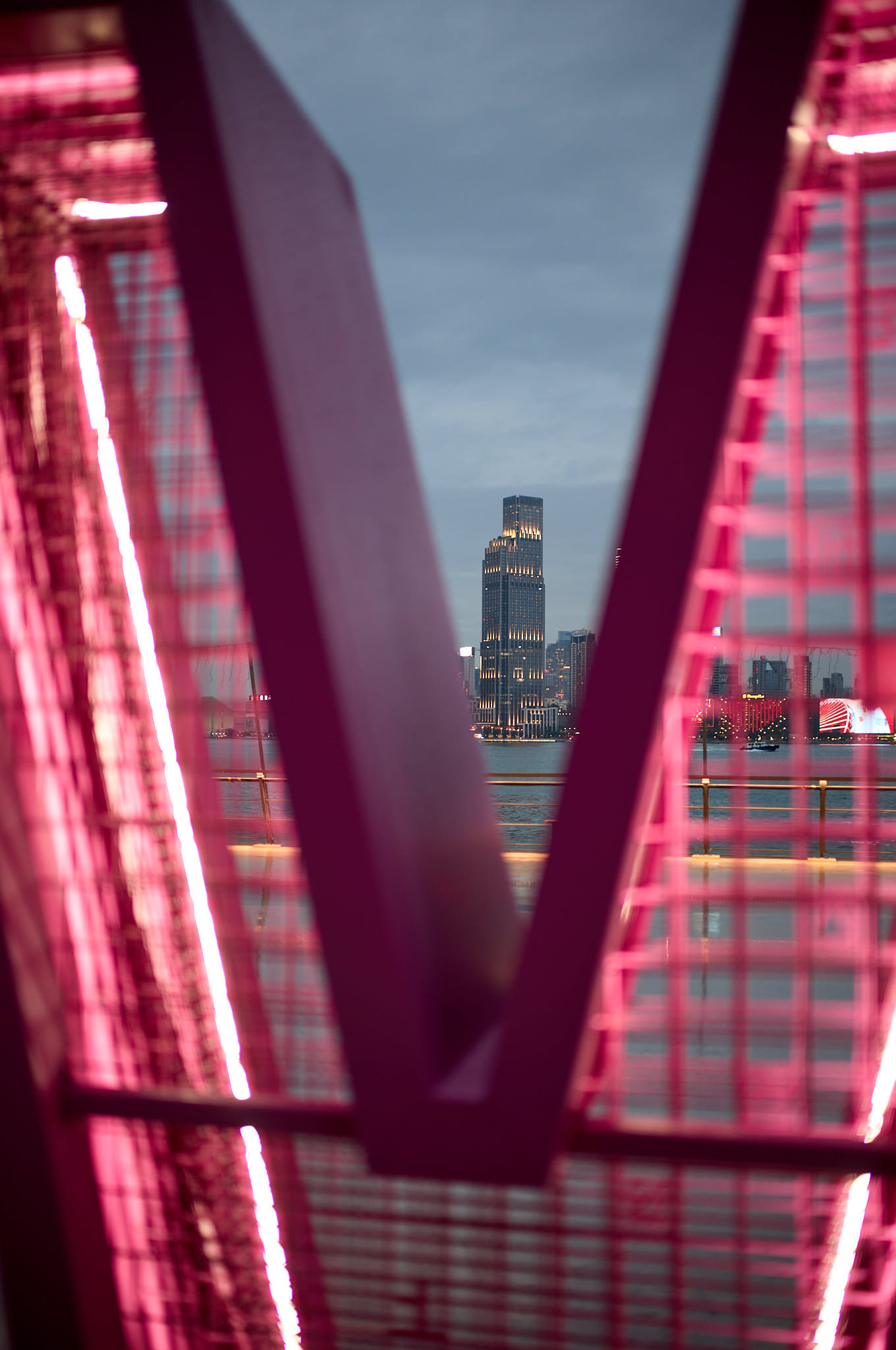
Build Quality
If you’ve owned or held an M10, the M11 will feel very familiar. In regards to build quality, nobody can touch Leica at the volumes that they sell. Whether you choose the lighter black or the hefty silver, you’ll be rewarded with the best build quality of any camera on the market. The M11 really does feel like it’s built from one block of machined metal.
Even trying hard to find fault, I really can’t find anything to complain about. Every switch and dial has a consistent feel to them, in the way that the controls in a Porsche have a consistency to them. In comparison, my Fujifilm GFX100S has dials and buttons that feel like they’re from 10 different manufactures. The Leica feels engineered by one team.

Controls
Leica perfected the controls on the M series of cameras starting from the M10. The M11 takes that and evolves it slightly with the movement of a button from the front to the top. Leica seem to have further improved the touch interface in the M11 from previous cameras with the touch interface being responsive and intuitive to use. It’s far better than the ones in my Fujifilm cameras, and for many functions (zooming in and deleting images), has become my go-to interface.
I love the new menu system and how easy it is to find items. Leica are the masters of taking something very complex and simplifying it, while still offering a rich set of options to choose from.
I love the new menu system (taken from the SL and Q series) and how easy it is to find items. Leica are the masters of taking something very complex and simplifying it, while still offering a rich set of options to choose from. I absolutely love the touch screen grid layout that first appears. The ability to click on an item and easily adjust it is very intuitive. I wonder why other companies like Fujifilm don’t allow touch in their similar Q Menu.

Nowhere in Leica’s press materials do they mention any changes to the rangefinder mechanism itself, however, I’m certain that something has changed. I find the ability to get perfectly focused images at wide apertures much easier on the M11 than the M10. I compared this across two M11s and two M10s and found the same improvement in both M11s. I don’t know if there’s been a mechanical change, visual change or if the M11s are just better calibrated, but it’s a welcome surprise.
Connectivity
Being able to share images on social media or with friends has become a basic requirement in the modern world, however most camera companies have yet to figure out how to make this seamless for the user. Leica is making great attempts at closing that gap, but the Leica Fotos app is still a work-in-progress. There are times where it’s brilliant and transfers images quickly, and then there are times where it seems to freeze or operate very slowly. It’s so inconsistent that I can’t rely upon it at this time. The MFI or Made for iPhone cable gives me some hope, but we’ll have to wait and see once Leica Fotos is out of beta with the M11.

Image Quality
If you’re coming from an M10, the image quality will knock your socks off. However, if you’re coming from a Fujifilm GFX100S like I am, the image quality will be excellent, but not up to Medium Format levels. At the pixel level, with super sharp lenses like the Voigtlander 50MM APO or any Leica lens stopped down to F5.6, the detail is pretty much the same as the Sony A7R4 when using GM lenses, but a slight step down from the GFX100S using Fujinon lenses.
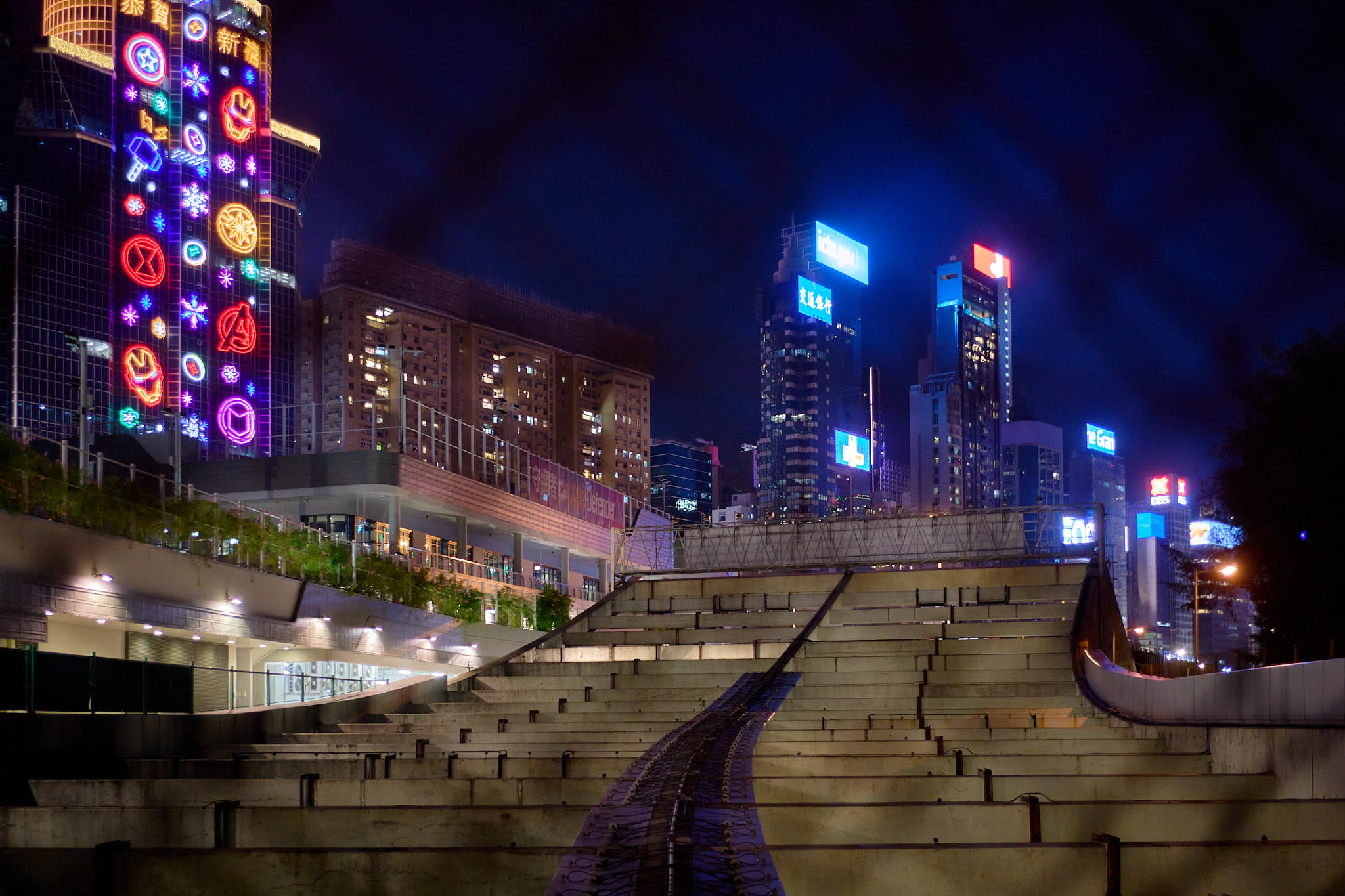
I’ve not been able to find any conclusive evidence of this, but I assume the image sensor in the M11 uses the same underlying Sony CMOS sensor as the A7R4, GFX100S and X-T4. The M11 has a very familiar shadow and highlight recovery profile; this is a good thing because these other cameras are known for their exceptional image quality, colour fidelity at high ISO, and especially important when coming from the M10, excellent highlight and shadow recovery.
The M11 takes two big steps forward over the M10:
- High ISO is now totally usable up to 12,800 without any fear of the image detail being swamped by noise or grain.
- The highlight recovery is now on par with the best cameras on the market.
I think a 50-100MP sensor is the sweet spot for photography for the coming decade. While higher resolutions provide the ability to crop or downsample noisy images, the extra resolution starts to introduce sloppy technique and/or intentional odd framing in order to extract multiple compositions from the image. This may be useful for a professional photographer, but it doesn’t really add to the experience for a casual hobbyist like myself. I think Leica choose wisely with 60MP.
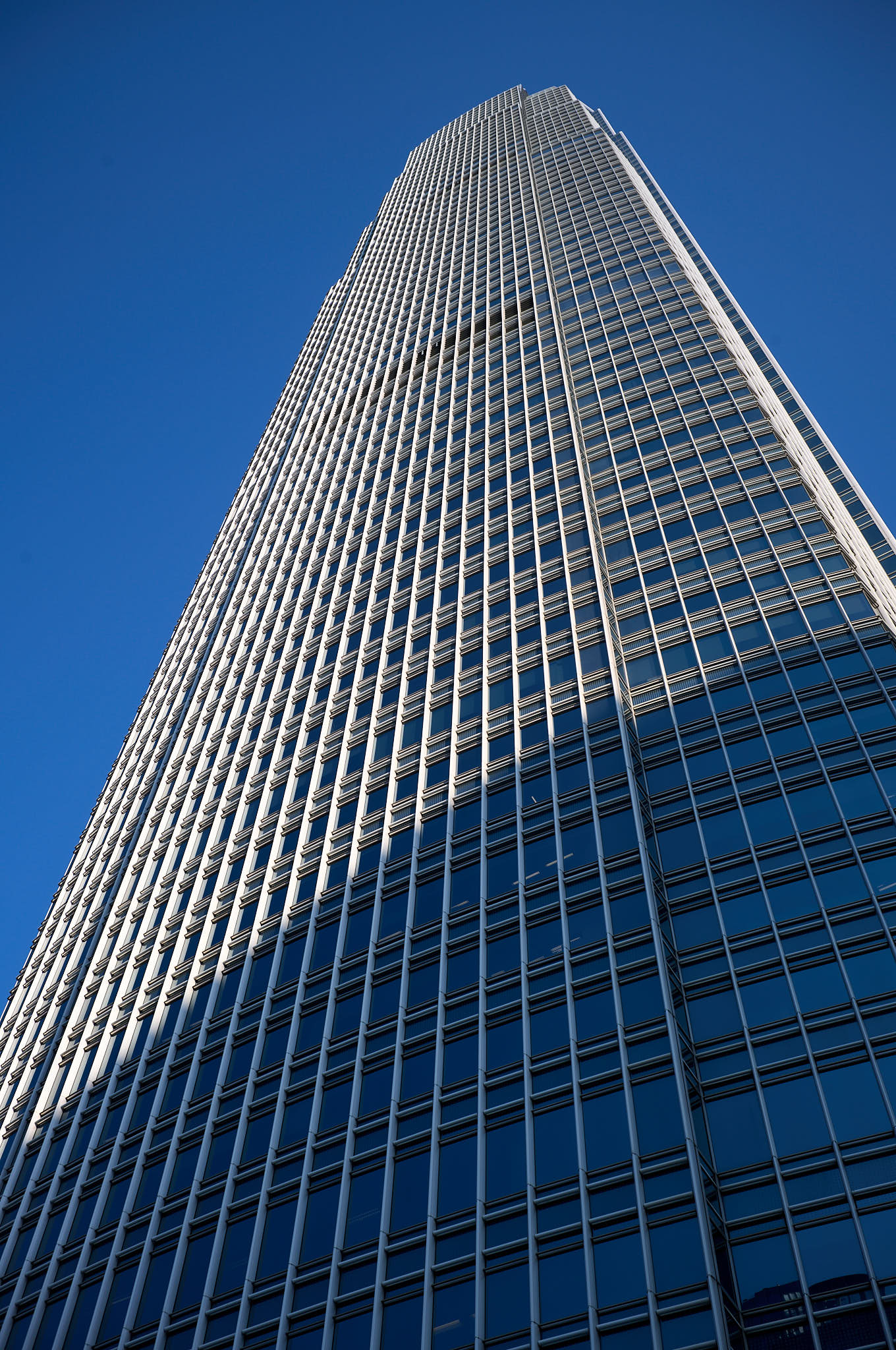
On my Fujifilm GFX50R, I often had issues in getting sharp images and needed to increase the shutter speed from 1/1xFL to 1/2xFL or even 1/3xFL. To my surprise, I haven’t found this to be as much of an issue as I expected. I almost didn’t buy the M11 because it lacks In-Body Image Stabilization (IBIS), but I’ve found that 1/2xFL is sufficient for tack sharp images. It also helps tremendously that the Leica M mount has many wide aperture lenses which provide fast shutter speeds in even low-light situations.
I almost didn’t buy the M11 because it lacks In-Body Image Stabilization (IBIS), but I’ve found that 1/2xFL is sufficient for tack sharp images.
One area I don’t think Leica chose wisely was there investment of engineering resources into the variable resolution capability. The M11 has a unique feature that allows the user to select 18MP, 36MP or the native 60MP for both the RAW and JPEG files. On the surface, this would appear to have some advantages, but in practice, I haven’t found any difference in image quality, noise or dynamic range.
I think Leica introduced this feature to placate the traditionalists that often complain on Leica forums that anything more than 24MP is sacrilegious and a waste. I don’t see myself using this feature much, if at all, and I wish that Leica had instead put this engineering talent towards introducing an Electronic Front Curtain Shutter or improving the buggy firmware.

Packaging
For anyone that has purchased a Leica M prior to the M11, you would have experienced one of the coolest unboxing experiences out there. The outer shell systematically unravels itself to expose a beautifully built box with a magnetic flap hiding the camera, and well defined cardboard drawers encasing user manuals and cables. It’s an unforgettable experience and makes the first interaction with the camera really special.
When I first opened the M11, I asked the shop for the “real box” instead of the shipping box, to which I was saddened to hear, “this is the real box”.
Unfortunately, likely due to environmental reasons, Leica has moved away from this packaging and now has a very basic box with foam inserts. The camera sits in the foam insert as do the cables. The user manual now sits on top of the foam under the very normal and uninspiring outer box. When I first opened the M11, I asked the shop for the “real box” instead of the shipping box, to which I was saddened to hear, “this is the real box”.
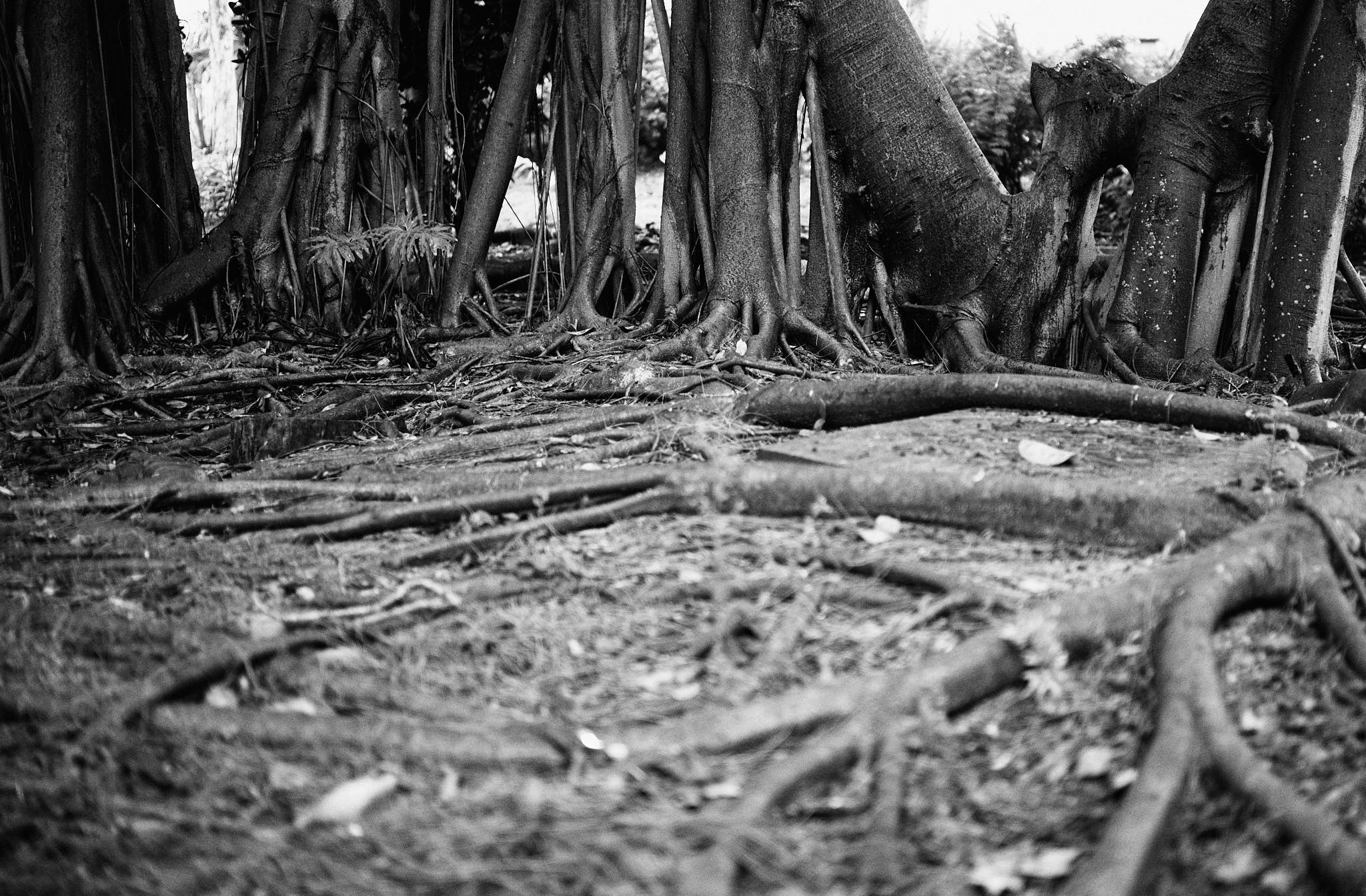
Given that most Leica owners seem to keep their original boxes for resale value, I would think the environmental impact of the previous box was low. I think however that Leica heard the displeasure loud and clear from people as I received a survey about Leica packaging shortly after getting the M11. I made it clear in the feedback that the new packaging is not befitting of the quality and price of what’s packaged inside.
Improvement Opportunities
Firmware
For people new to Leica that come from other quality brands, there are some things that may surprise you. For both my M10 and now the M11, the firmware straight out of the box has felt unpolished. I assume the new processor and menu system required a rewrite of the firmware. The M10 used to freeze up now and then, especially when using the EVF, but the M11 freezes in many more situations, and often at random.
For both my M10 and now the M11, the firmware straight out of the box has felt unpolished.
This review was completed using an updated firmware of 1.2.0, but even that small update has not solved the freezing issues. Given my experience with the M10, I expect some form of freezing as normal for these cameras and I’ll have to find a way to work around it. Since the M11 is not my only camera, and certainly not the one I’d be using in a critical situation, the freezes don’t bother me too much.
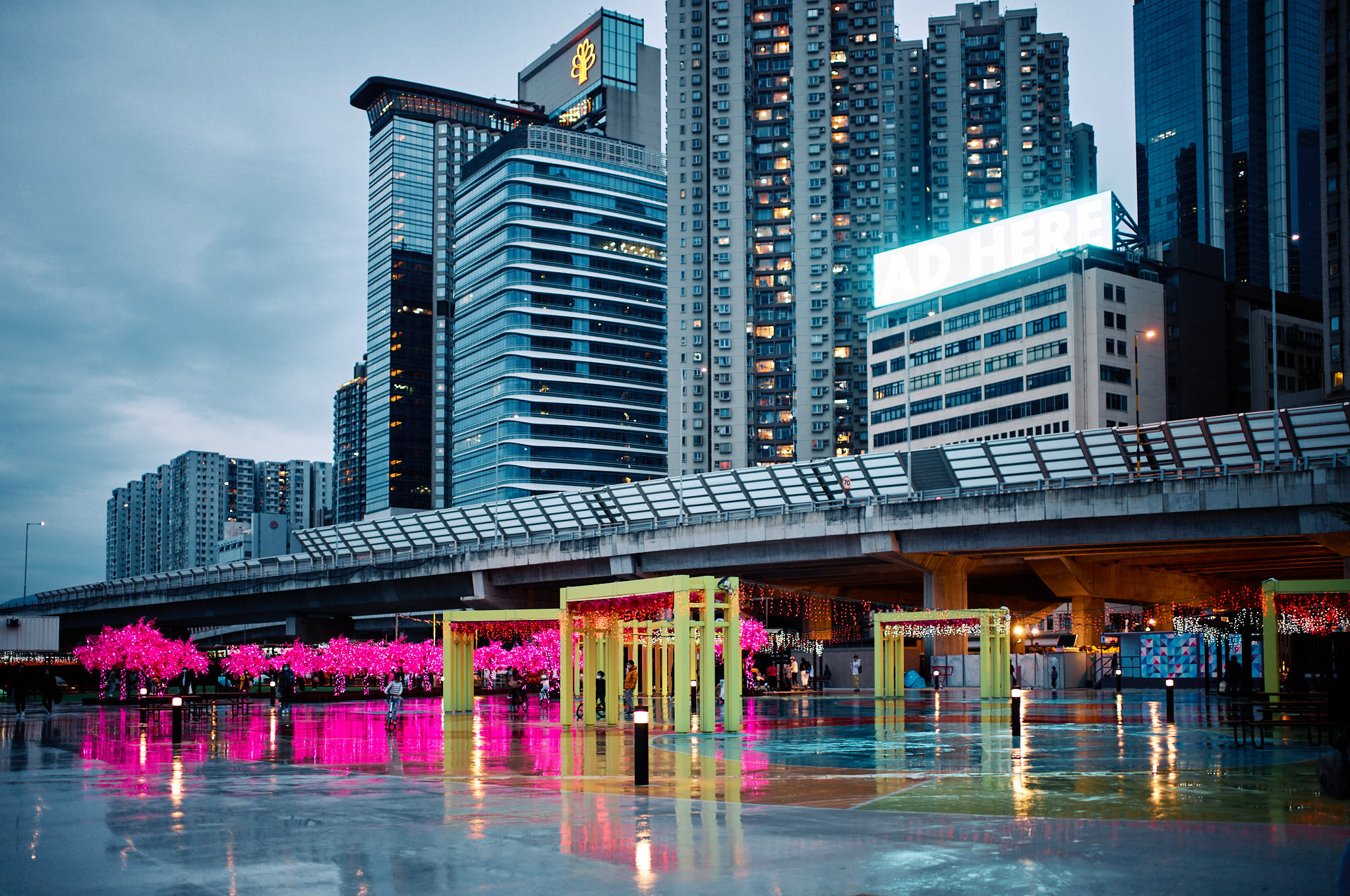
Shutter
The shutter feel and sound on the M11 is really rather poor. I can understand why Leica appears to have put no engineering time into the shutter. This goes back to the introduction in that I see the M11 as a bridge into the future. The future M12 will likely have a fully electronic shutter so there would be little benefit to investing R&D into a dying mechanism.
The shutter feel and sound on the M11 is really rather poor. I hope that Leica will introduce an Electronic Front Curtain Shutter choice so that we can reduce the awful noise and hopefully reduce the lag as well.
In the interim, I hope that Leica will introduce an Electronic Front Curtain Shutter choice so that we can reduce the awful noise and hopefully reduce the lag as well. All of my other cameras have this feature including the X-T4, A7R4 and GFX100S. There are some tradeoffs in bokeh at wide apertures, but I think that’s a choice we should be able to make.
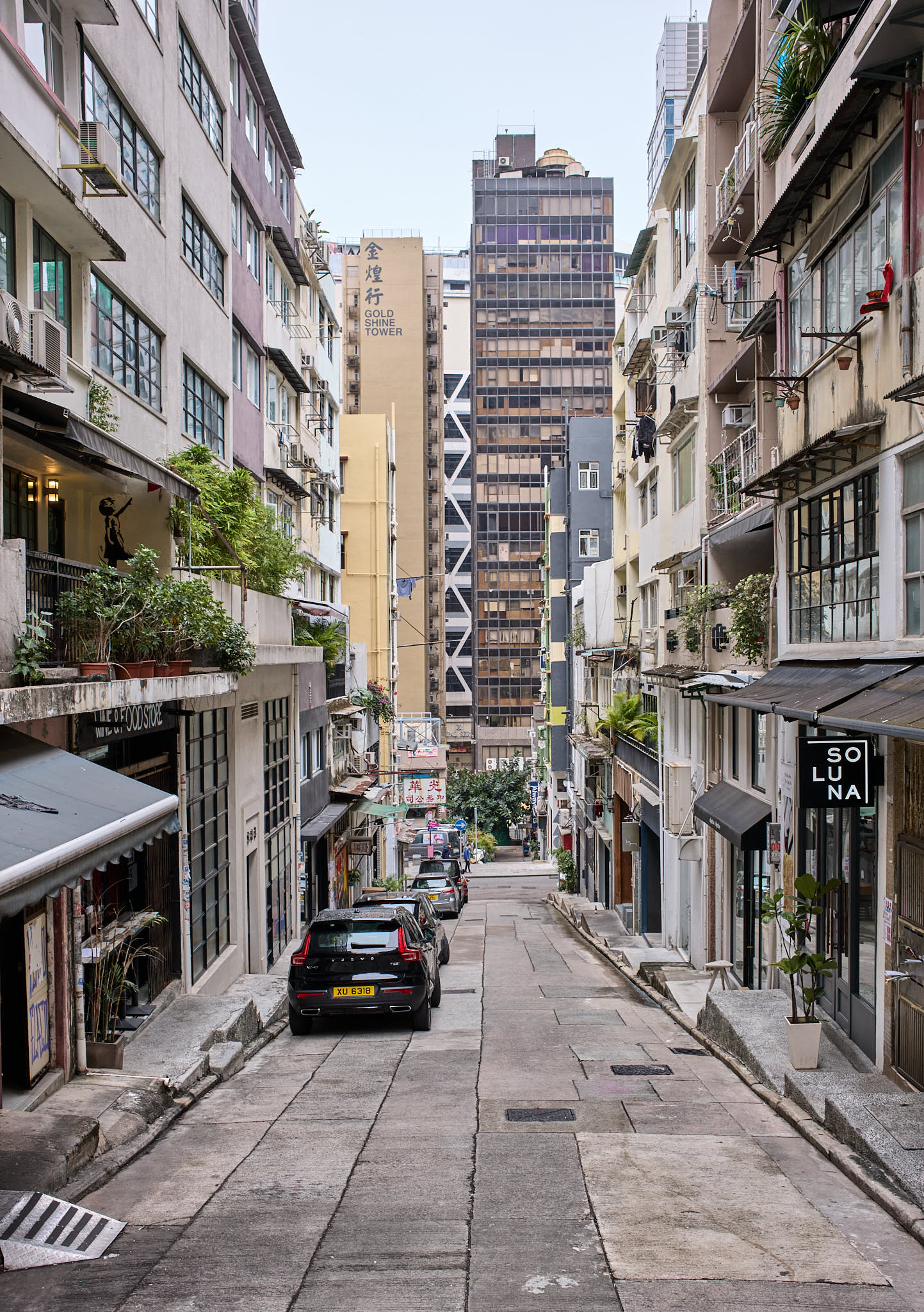
Leica Fotos
I won’t go into detail on the issues with this app because it’s still in beta for the M11 and that wouldn’t be fair. However, I think Leica can take this app in an interesting direction. With the MFI cable, we have the opportunity for high speed data transfer. With that capability, it would be great if Leica could allow in-camera RAW editing in the way that Fujifilm does.
Imagine if there’s a light version of a RAW editor built right into the camera’s operating system. The adjustments can be kept basic to make it simple; allow us to make changes to the RAW image for exposure, shadows, highlights, colour temperature, B&W toggle, and cropping. This RAW editor should allow us to export to JPEG so that we can transfer it via Leica Fotos or the MFI cable for immediate sharing on social media.
Please give us in-camera editing and the capability to move the image seamlessly to a mobile device; now that would be something very compelling!
Fujifilm already provides this excellent capability, but their process for transferring the image off the camera is very poorly designed; the Fujifilm app is slow and often doesn’t connect. With Leica Fotos and the MFI cable, Leica has the chance to do this right. Please give us in-camera editing and the capability to move the image seamlessly to a mobile device; now that would be something very compelling!

Conclusion
The M11 is a big step forward over the M10, and a bridge to the future. It has just enough traditional characteristics to keep long-term conservative enthusiasts onboard, and just enough modern technology to bring new customers into the Leica fold. As great as this camera is, and I’m very happy to have upgraded, I really do see this camera as a stepping stone to where I think Leica really wants (and needs) to go with the M cameras.
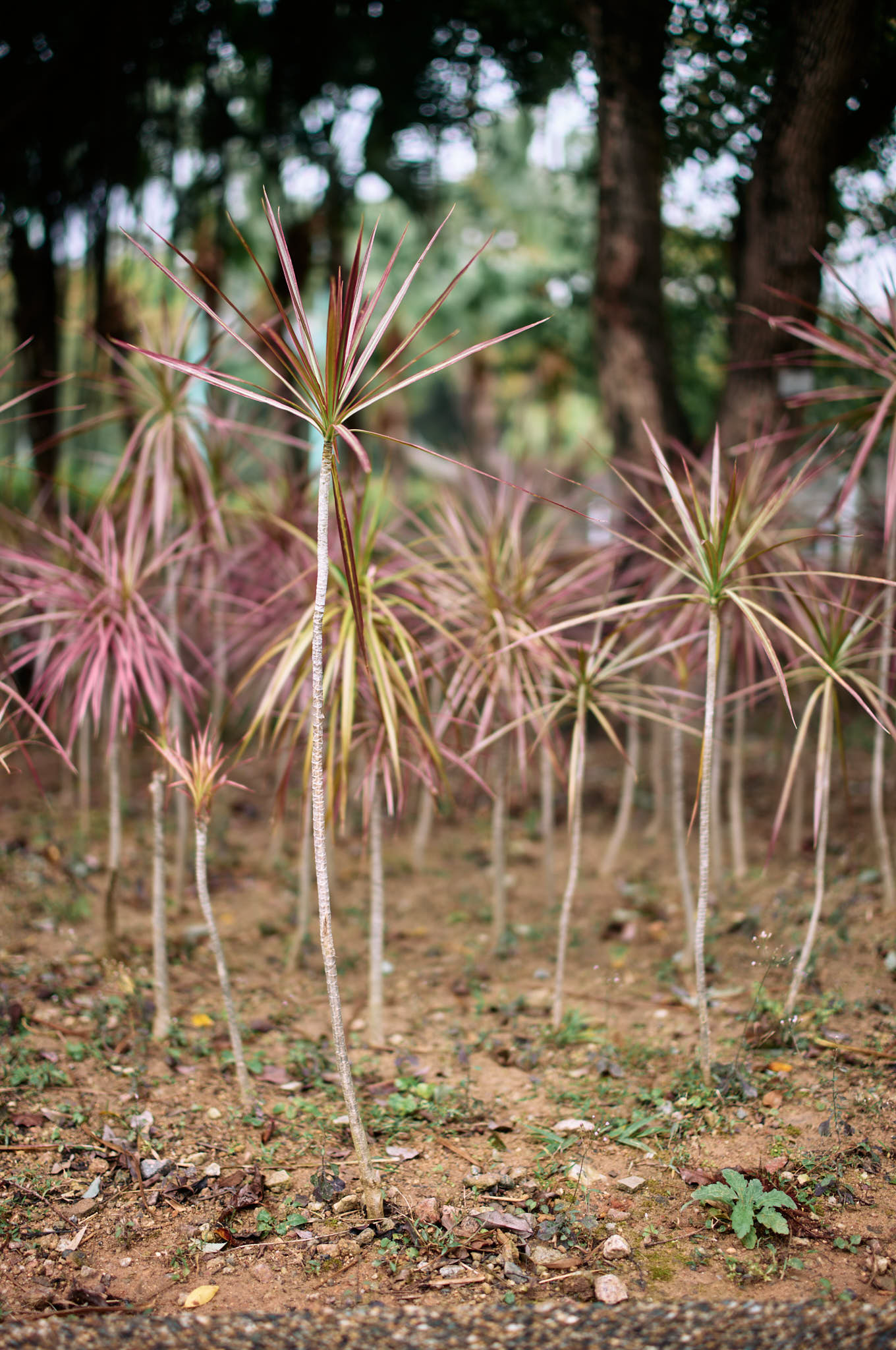
This is not the end-game M camera for me; what would make it end-game is where I think Leica is taking the M system. I’ll make some bold (and perhaps foolish) predictions of what the future holds for the M system for M12 and beyond:
Hybrid Rangefinder / EVF – One of the great little known joys in the photography world is using a Fujifilm X-Pro2 with a manual focus lens and the excellent “Digital Rangefinder Patch” in the OVF. With Leica’s incredible engineering talent, I’m sure they can come up with an even better solution than this already excellent one. There are hints of this coming with the introduction of close focusing lenses like the 35MM APO, that focuses down to 30cm instead of the rangefinder’s limit of 70cm.
Electronic Shutter – As much as I love the noise and feeling of a mechanical shutter, it’s obvious that the future is fully electronic. The technology exists today to have a fully electronic shutter at resolutions up to ~50MP. By the time the M12 rolls around in ~4 years, there should be scanning rates sufficient to support higher resolutions.

High-speed Connectivity – Leica has taken a step forward with the MFI cable. I think they truly appreciate the need for a modern camera to have the capability to connect and transfer images seamlessly to a mobile device. I think Leica will find a way to make this simple and easy for the end-user by using high speed wireless technologies instead of a proprietary cable. If they can also add in-camera RAW editing, that would be the perfect end-to-end solution for instant sharing.
In-Body Image Stabilization – For many people, the lack of IBIS is a dealbreaker for the M11; I was of the same mind before actually using the camera. As noted above, I haven’t found it difficult to get tack sharp images at 1/2xFL, which is easily achievable given the wide variety of F1.4 (and even F1-F1.2) lenses available for this system. However, it’s been my experience that there’s really no downside to IBIS, so I think Leica will eventually implement it once they move to an electronic shutter, which would make room inside the body to add other technologies such as IBIS.
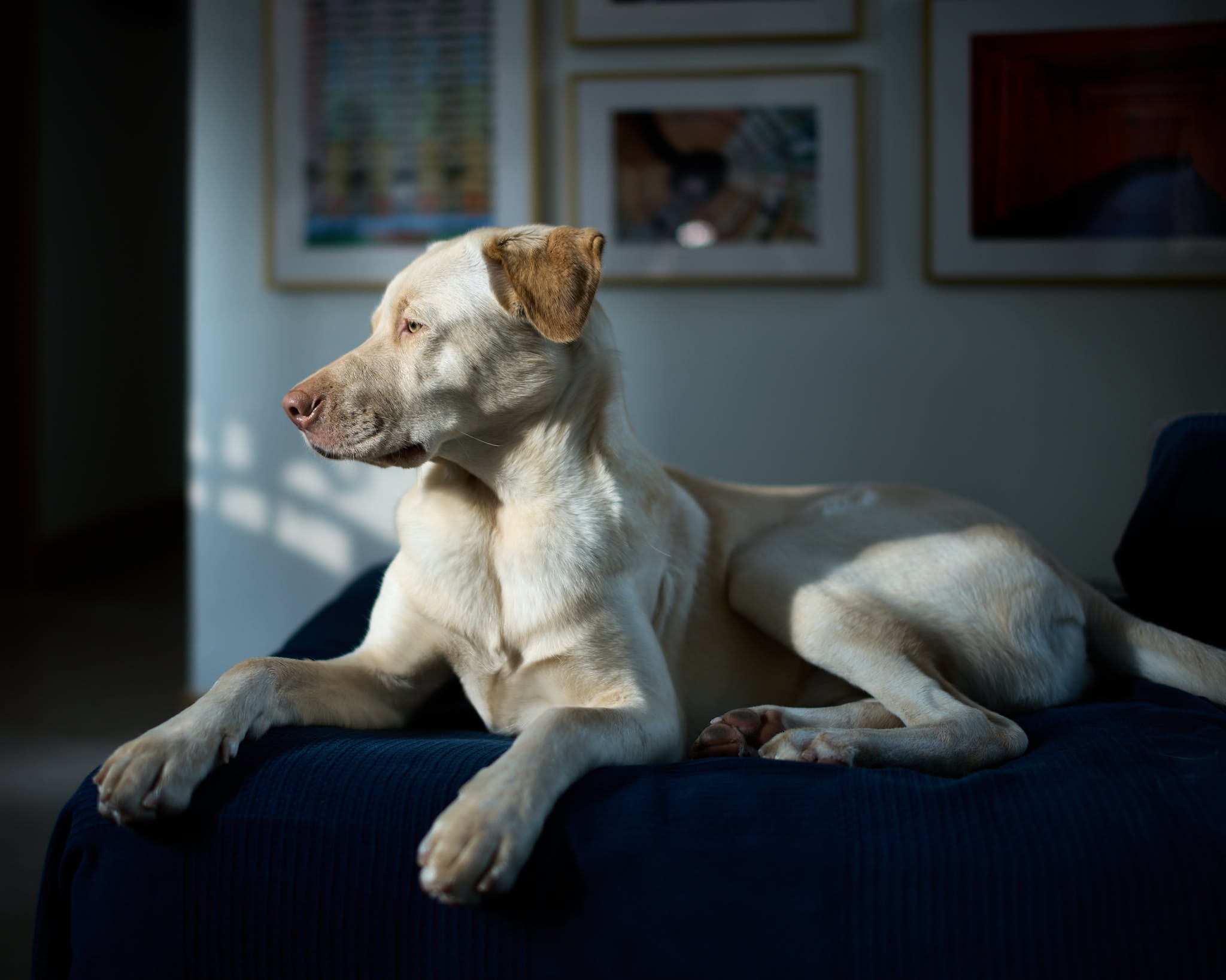
To wrap up this lengthy review, there’s a lot to love about the new M11. The lighter weight, higher resolution, excellent battery life, elimination of the cumbersome bottom plate and vastly improved highlight recovery make for a compelling upgrade from the M10. However, if you’re coming from an M10-R, I think the decision becomes a lot more difficult. The M10-R has more than enough resolution and also doesn’t have the highlight recovery issue of the M10. If you can get a like-new condition second hand M10-R, it might be the current sweet spot for M cameras; then in four years’ time, you can upgrade to the M12 which I think will re-write the playbook for what an M camera should be.
Please note that the images selected for this review were chosen for their variety rather than artistic value. Images noted with 35MM were taken with either the Voigtlander 35MM F1.2 Nokton III, Voigtlander 35MM F2 Ultron Classic II or Leica 35MM Summicron. Images noted with 50MM were all taken with the Voigtlander 50MM F1.2 Nokton.
If you’d like a RAW file of the above images, please let me know in the comments below and I’ll be happy to share it with you. To get you started, I’ve put together a selection of RAW images of different ISO and shooting conditions available here (462MB).
Discover more from fcracer - Travel & Photography
Subscribe to get the latest posts sent to your email.
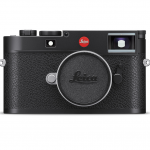
Everyone needs a twenty thousand dollar camera kit to make snapshots of things…gotta have it.
Excellent review. Thank you! Sounds like you would also like GFX50R which might solve the metering issues of the M10R and shutter issues of the M11.
One Q. Have you ever shot with SL2? I am wondering how this with the nice Leica glass compares to the GFX100s which you have experience of.
Agree with the comment on Kai Wong.
Thank you fcracer for sharing. It’s very informative & I can’t wait to get on board on M11 this week.
Congratulations on the M11 Maxwell! Let us know what you think of it in the comments once you’ve had it for a while. I always like to see how others relate to the issues I’ve noted, or how they may not see them as issues at all. Always enjoy hearing the different perspectives.
Thank you for your excellent review, and for sharing your unbiased thoughts on the M11. How refreshing it is to read a review from someone who candidly lays out the positive features of the M11 alongside the negative ones! Your review was especially helpful to me, because as an owner of the M10-R and M10 Monochrom, I have been considering (actually ordered), but hesitant about, pulling the trigger on the M11. Most concerning to me is the new shutter mechanism, which may take some time for me to adjust to. I have a long history with the M line and other Leica models, as well as the Fuji GFX 100s. Finally I have a camera, the M10-R, that checks almost every box for me… but on second thought, it would be nice being able to shoot with my Noctilux-M 0.95 in broad daylight without a ND filter, and having the increased dynamic range, and 60 megapixels, and longer battery life, and internal memory. I have a feeling I will be hearing from my dealer any day now, and I am going to have to make that tough decision. You have given me more food for thought.
Hi Robert, thanks for writing in. I’m glad that the review has given you some food for thought. The M10-R is already such a great camera with few of the issues remaining from the original M10, as you so well articulated. Here in Asia the M10-R is holding its value pretty well, so perhaps the incremental cost to the M11 won’t be that much.
Of the items you’ve mentioned, I wouldn’t base my decision on internal storage (not as useful as it sounds), higher resolution (not much difference going up to 60MP), or the greater dynamic range (the M10-R is already really good). However, the in-camera charging, removal of the bottom plate, increase battery life, and electronic shutter do make for a significant usability improvement.
Good luck with the decision. We’re both fortunate in these crazy times to have these kinds of decisions to make and having access to great equipment like the GFX100S and Leica M’s. Stay safe, healthy and happy; let’s hope the best days are in front of us.
Thank you! This is – together with Nick Rain’s – the most useful M11 review I have seen so far.
I stopped watching Kai Wong’s videos long ago; his clowneries are not funny any more.
Hi Christoph, thanks for the note, I’m so glad that you enjoyed the review. I’m also glad that you shared Nick Rains’ name as I had not seen his reviews before; I’ll be sure to check it out. In regards to Kai Wong, I actually really like his reviews because they’re entertaining enough that my non-photography friends can enjoy watching them with me. I reckon Kai is a bit like Jeremy Clarkson in the old Top Gear, but let’s hope he doesn’t punch his cafeteria mate in the face! 🙂